Holden VL Commodore Turbo
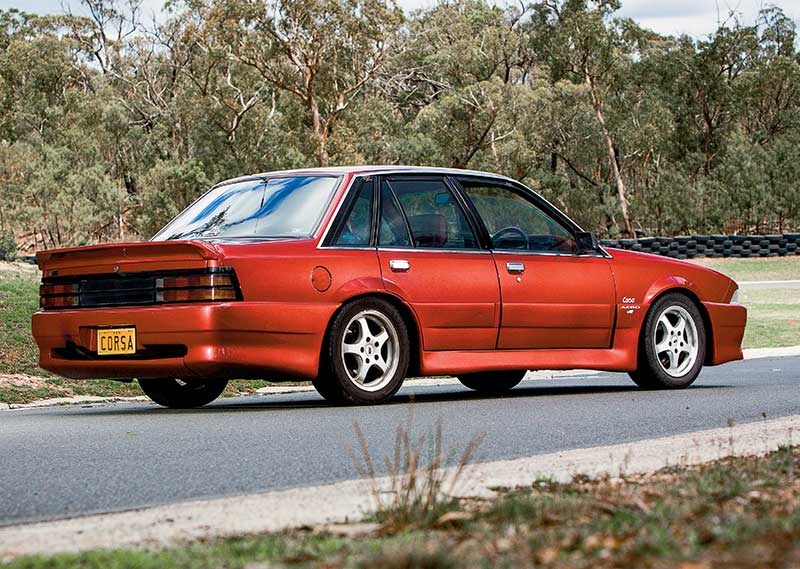 Holden VL Commodore Corsa
Holden VL Commodore Corsa

 Holden VL Commodore Corsa
Holden VL Commodore Corsa
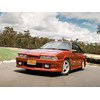
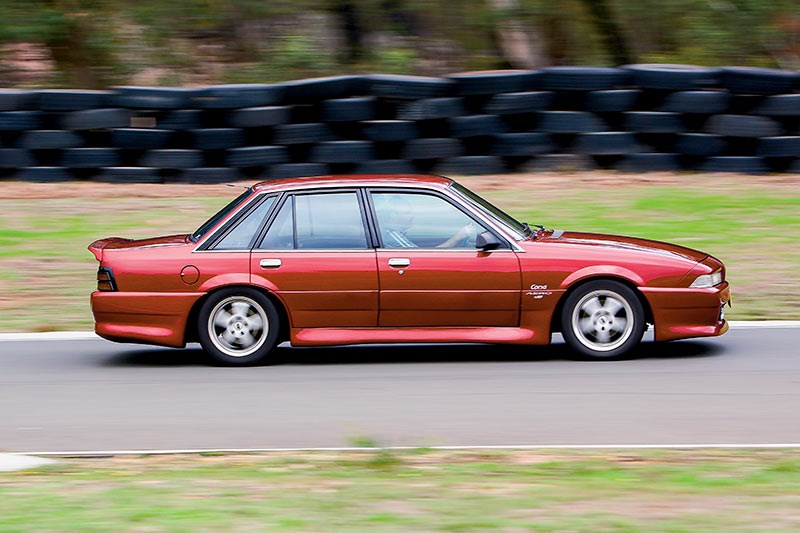 Holden VL Commodore Corsa
Holden VL Commodore Corsa

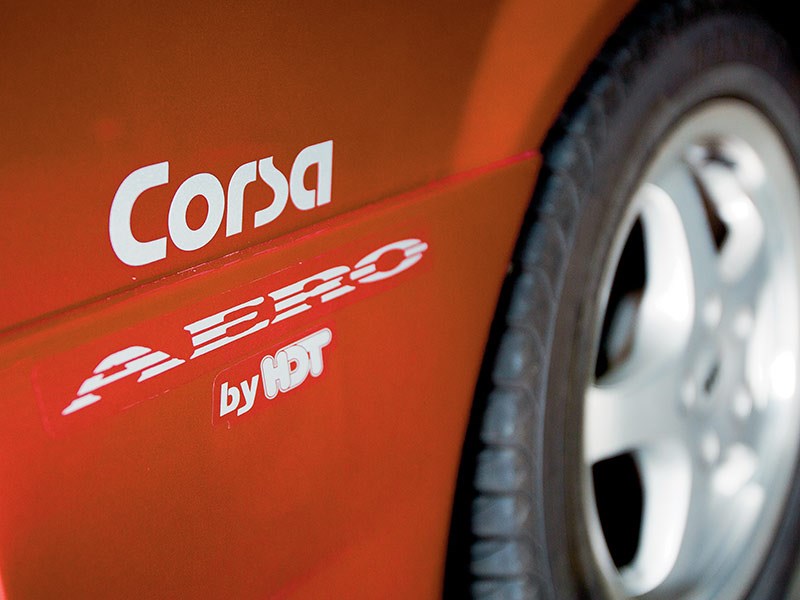 Holden VL Commodore Corsa
Holden VL Commodore Corsa

 Holden VL Commodore Corsa
Holden VL Commodore Corsa
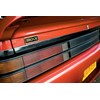
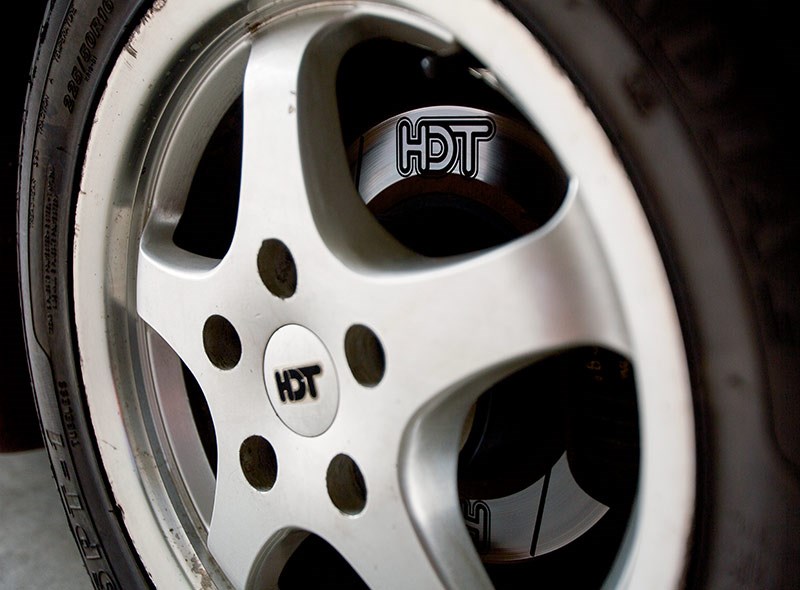 Holden VL Commodore Corsa
Holden VL Commodore Corsa

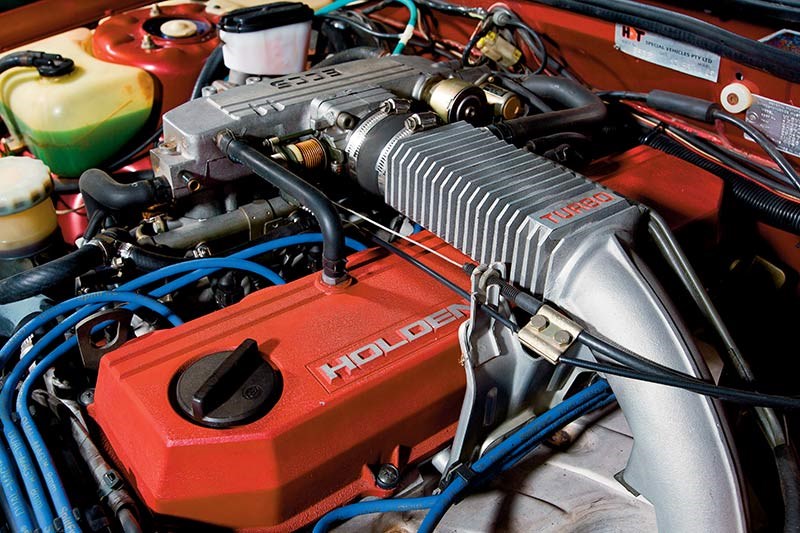 Holden VL Commodore Corsa
Holden VL Commodore Corsa

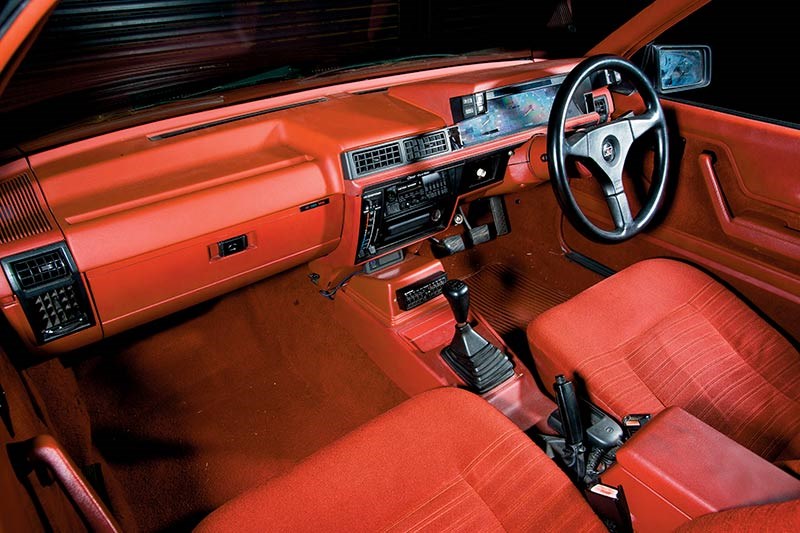 Holden VL Commodore Corsa
Holden VL Commodore Corsa


|
|
Holden VL Commodore Corsa
|

|
|
Holden VL Commodore Corsa
|

|
|
Holden VL Commodore Corsa
|

|
|
Holden VL Commodore Corsa
|

|
|
Holden VL Commodore Corsa
|

|
|
Holden VL Commodore Corsa
|

|
|
Holden VL Commodore Corsa
|

|
|
Holden VL Commodore Corsa
|
Top 10 Holdens no.7: VL Commodore Turbo (1986-1988)

|
|
Holden VL Commodore Corsa
|
Holden VL Commodore Corsa
Top ten Holdens #7
Turbocharging and a Nissan engine made this a Holden like no other...
 |
> Watch the video |
I can still recall sitting at my desk in the salubrious offices of what was then Car Australia magazine, as the deputy editor handed me his time slip from Calder Park earlier that day. It read 15.2 seconds (I forget the terminal speed) and in an age when anything running sub-17s was a slingshot (this was the mid-1980s, when ULP had sent performance packing) a low-15 was sensational. That it was done by a full-sized, five-seat family car just made it more jaw-dropping.
The car in question was the VL Commodore Turbo. Holden had tried to make the old pushrod inline-six compatible with the newfangled unleaded petrol, but in the end it all just got too hard and the unthinkable happened: Holden bought a batch of RB30 Nissan six-cylinder engines for the forthcoming VL model. This was truly shocking news. Until we all drove the new VL, that was, and realised just what a smooth, refined powerplant could do for NVH and general driveability. Suddenly, the old Holden-six-powered VK Commodore seemed like yesterday’s left-overs.
That was in March 1986, and by August the Commodore Turbo was ready to hit showrooms. Strangely, the Nissan Skyline that shared the VL’s driveline never got the turbocharged engine variant (odd, since it was all Nissan’s work) and that left the gate wide open for Holden to introduce a whole new generation of us to proper performance.
As well as the huff-and-puff engine, the VL Turbo had a choice of a five-speed manual or a gee-whiz four-speed auto. Mandatory options for the Turbo model were bigger front rotors (which dictated 15-inch wheels) and firmer FE2 suspension. For all that high-techery, though, you still got lumbered with the basic VL’s appalling ergonomics, including super-fiddly switchgear and a nasty, thin-rimmed tiller. But all that was forgotten when the hammer dropped and those 150kW headed for the hotmix.
Steering was relatively light and decently accurate, but the car was simply not suspended firmly enough (even with FE2) and was a real handful in the wet. The live rear end, in particular, was skittish to say the least and more than one VL Turbo wound up arse-first through a fence or into the Armco. But the tuners of this world took the Turbo to their little black hearts and pretty soon there were some BIG horsepower cars getting around, adding to the legend of the blown VL. Finding one now that hasn’t been fiddled with would be a real challenge and, in fact, the car we’ve photographed here is an aftermarket job.
Of course, the real measure of the VL Turbo was just how antiquated it made the five-litre V8 version of the Commodore (released just a further two months on) feel. Where the Turbo had 150 silky kilowatts, the V8 could muster only 122 on its wheezy carburetted set-up and was stuck with the old three-speed Trimatic auto. Suddenly, the world had changed. You want performance? You now needed a turbo. Preferably a Commodore Turbo.
JOHN WRIGHT'S INSIDE WORD
The ad for the new VL Commodore published on the inside front cover spread of the June 1986 issue of Wheels claims: ‘Commodore’s all-new 6-cylinder Powertech CEi engine…delivers 33% more power than its predecessor.’
No-one at Nissan was happy about how Holden was promoting its new VL Commodore. ‘NISSAN KNOW-HOW GIVES HOLDEN COMMODORE A WORLD CLASS ENGINE. CONGRATULATIONS G.M.H’ was a strong response that appeared just once in all Australian metropolitan daily newspapers. It continued: "If you’re impressed by what the Nissan engine has done for Holden Commodore, just wait until you drive the car it was really designed for… an exciting new Nissan coming soon!"
Why did the Nissan ad appear just once? Because Holden managing director Chuck Chapman wrote to his Nissan Australia counterpart quoting chapter and verse of the contract between Nissan Japan and GMH. "We understand," said Wheels, "the local boys have had their knuckles rapped."
The VL Commodore was launched in March 1986, four months ahead of the Skyline for which the engine was designed. This was worrying enough. But how about Holden’s sole rights to the turbocharged version of the SOHC straight six? One month later, the turbocharged VLs stole whatever thunder might have been cracking for the Skyline.
‘Off the clock...’ was the cover line in August 1986 when Wheels featured s shot of the VL Turbo with the tachometer registering 6100rpm and – oddly – the speedo reading zero. The reality behind the image was that the car was being driven at a true 205km/h in fourth gear around the top lane of the high-speed loop at Lang Lang. The Holden engineers achieved 217km/h at 4800rpm in fifth. The coverline would only have made sense with the speedo reading either about 230… or zero. (I think I would have chosen a different cover image, but hindsight turbocharges wisdom.)
Even HDT didn’t try to improve the performance of the VL Turbo. The Corsa kit added $5200 to the price of a VL Calais Turbo. But while the Brock car acquired improved suspension, bodykit, Energy Polariser and the famous autograph, it lost the Calais’s retractable headlights.
The Calais Turbo was the first Commodore flagship since the 5.0-litre variant of the 1978 VB SL/E to offer a compelling performance/luxury proposition compared with even expensive rivals such as the BMW 535i ($46,600 compared with $26,753 for the Calais Turbo auto). Interestingly, I owned just such an SL/E at the time and wrote a comparison with a non-turbo VL Calais, which appeared in the May 1986 issue. The six was one-tenth slower to 100km/h at 10.2sec, but three-tenths quicker through the 400m at 17.1sec.
To put the Turbo in context, the naturally aspirated Calais was the equal of the last of the Falcon 5.8-litre manuals and superior to the Mazda RX-7 throughout the speed range.
THE MARKET TREND
At a time of trouble for Australian performance cars, the emergence of an affordable Holden Turbo was greeted with joy by thousands of disenchanted fans. Even the police were happy to step back from traditional V8 pursuit cars in favour of the exhaust-assisted 3.0-litre.
Depreciation during the 1990s was savage and a lot of VLs fell into unsympathetic ownership. Cars that survived were more often modified than preserved in showroom condition, but it’s the stock examples that will appreciate.
Turbo values have been steadily rising since the early 2000s, yet hardly any as yet exceed the original $22,000 selling price. Our featured Turbo Corsa would have cost about $28,000 new in 1988 and should by now have clambered above its original value.
SPECIFICATIONS
VL Commodore Turbo
Production: 1986-1988
Body: 4-door sedan
Engine: 2962cc inline-6, SOHC, 12v, turbocharged
Power: 150kW @ 5600rpm
Torque: 296Nm @ 3200rpm
0-100km/h: 7.6sec
400m: 15.2sec
Gearbox: 4-auto/5-man
Suspension: MacPherson struts (f); Live axle, coils (r)
Brakes: Discs
*****
More reviews:
Search used:
>> Search Holden VL Commodores for sale
Unique Cars magazine Value Guides
Sell your car for free right here
Get your monthly fix of news, reviews and stories on the greatest cars and minds in the automotive world.
Subscribe

.jpg)












